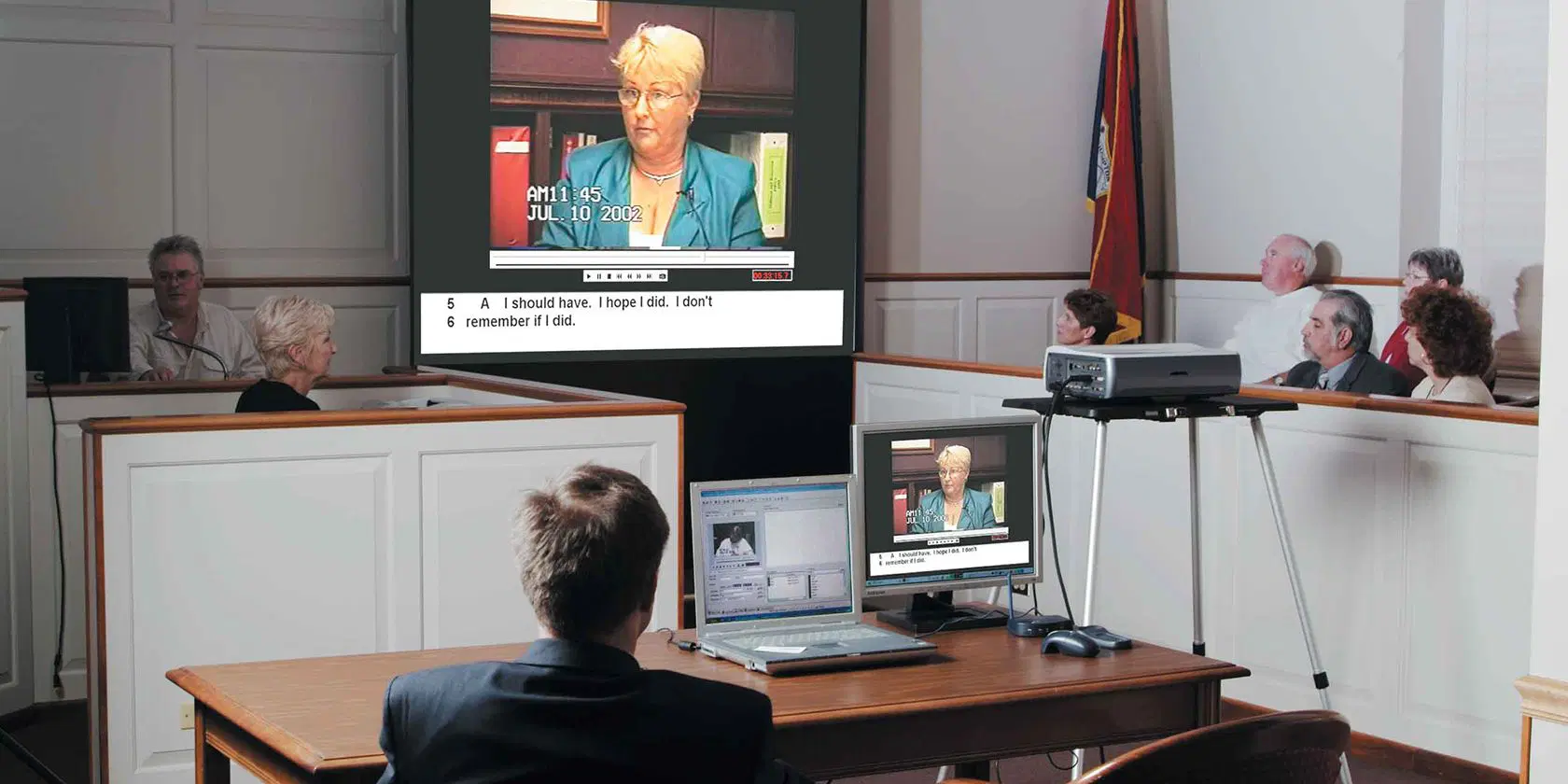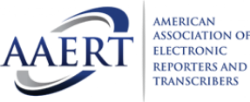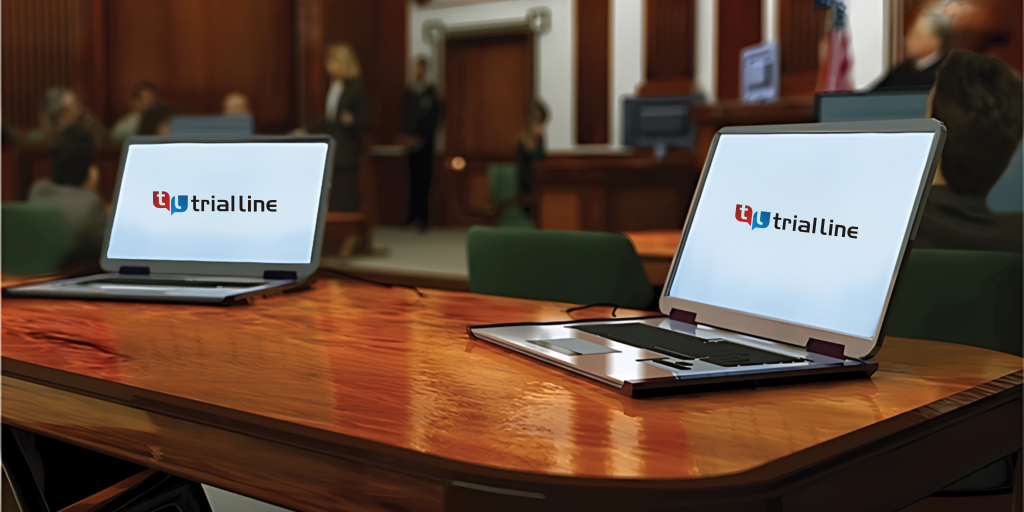The Power of Visuals in Trial Presentations for a Winning Disagreement
The combination of visuals in test discussions has actually emerged as a critical factor in successfully communicating intricate disagreements to jurors. By using different forms of aesthetic help-- be it diagrams, pictures, or animations-- lawyers can enhance understanding and retention, eventually shaping the jury's assumption of the situation.
Value of Visuals in Tests
In lots of legal settings, visuals play a vital function in enhancing the performance of test discussions. The integration of visual components can dramatically affect jurors' understanding and retention of complex details, consequently shaping their understandings and choices. Visuals, such as graphes, diagrams, and photos, can simplify intricate narratives, making them a lot more available and engaging.
Moreover, the human mind procedures aesthetic details much more effectively than text, which highlights the importance of integrating visuals right into legal disagreements. By converting dense legal concepts into visual formats, lawyers can help with clearer interaction, making certain that key factors are not overlooked during tests.
In addition, visuals serve to involve jurors on an emotional level, promoting a link to the instance that words alone might fail to accomplish. The strategic use of visuals can stimulate empathy, prompting jurors to consider the human facets of the instance.
Inevitably, the relevance of visuals in trials depends on their ability to enhance clarity, boost juror engagement, and enhance the narrative existing. This potent combination is necessary for crafting influential debates that reverberate with jurors and affect the outcome of legal process.
Sorts Of Visuals to Utilize
Reliable trial discussions can considerably gain from a range of visual tools that provide to various elements of the instance. trial presentations. Using representations and charts can effectively break down complex details, making it extra absorbable for jurors. Flowcharts can show the sequence of occasions, while bar charts might succinctly contrast relevant information factors.

Animations and simulations can additionally play a critical role, particularly in instances entailing technical data or intricate situations. These visuals can dynamically represent procedures or activities, offering quality and involvement that fixed images may not achieve.
Furthermore, infographics incorporate message and visuals to summarize important info efficiently. They can present timelines, statistics, and significant case points in a visually enticing fashion, making it easier for jurors to comply with the debate.
Enhancing Comprehension and Retention

Enhancing understanding and retention throughout test discussions is crucial for guaranteeing that jurors realize the essential elements of a case. Aesthetic help work as effective tools in this respect, equating complicated info right into conveniently absorbable formats. By making get more use of charts, layouts, and infographics, attorneys can streamline elaborate data and highlight vital points that might or else be ignored.
Research studies have revealed that people keep information dramatically better when it is offered visually. This is especially significant in a trial setting, where jurors might be overwhelmed by the quantity of proof and testimony. By purposefully including visuals, lawyers can guide jurors' focus to the most important facets of the case, strengthening their understanding and Web Site memory of the product offered.

Producing Involving Presentations
Captivating jurors' attention during test presentations is essential for communicating a compelling story. Engaging presentations utilize aesthetic components to produce a memorable experience that resonates with jurors. The tactical use graphics, computer animations, and videos can clarify intricate details, making it more available and relatable.

Additionally, integrating narration strategies can boost engagement. Offering evidence in a rational sequence that develops emotional charm allows jurors to get in touch with the material on an individual level. Diverse discussion styles, such as including short video clips or interactive elements, can likewise endure passion and attention throughout the test.
Eventually, an interesting presentation cultivates an extra extensive understanding of the instance, enabling jurors to better value the arguments existing and bring about an extra favorable outcome.
Study and Success Stories
Numerous instance studies highlight the significant effect of visuals in trial discussions, demonstrating their capacity to affect juror perceptions and ultimately the results of instances. A significant instance involving a personal injury case highlighted just how the usage of a 3D animation of the mishap scene cleared up complicated information. Jurors reported really feeling more educated and compassionate, considerably guiding their choice for the plaintiff.
In another circumstances, a company lawsuits instance used infographics to present financial data and timelines, making detailed details available. The aesthetic depiction enabled jurors to realize the subtleties of the instance better than spoken explanations navigate to this website alone. trial presentations. Consequently, the court returned a decision that exceeded the client's assumptions
In addition, a criminal protection case used photographs and video clip proof to establish an alibi. The engaging visuals not only helped in producing doubt yet likewise resonated mentally with jurors, resulting in a pardon. These success stories emphasize the necessity of incorporating visuals into test presentations, as they boost understanding, retention, and eventually, the influential power of legal debates. The strategic use visuals is undoubtedly changing the landscape of trial advocacy.
Final Thought
In conclusion, the tactical consolidation of visuals in test discussions significantly improves jurors' understanding and retention of intricate details. Engaging presentations, supported by compelling situation researches, show the extensive influence that visuals can have on persuasive communication.